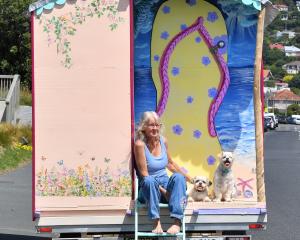Powerful scientific technology has helped University of Otago researchers to show that some of the likely ancestors of Polynesians were eating fruit bats and chickens in Vanuatu 3000 years ago.
Otago University scientists used stable isotope ratio methods to study 3000-year-old skeletons, and to cast new light on the diet and lives of the enigmatic Lapita people, the likely ancestors of Polynesians.
A key part of the study involved analysing stable isotope ratios of three elements - carbon, nitrogen and sulphur - in the bone collagen of 49 adults buried at the Teouma archaeological site on Vanuatu's Efate Island, research organisers said.
This site was the oldest known cemetery in the Pacific.
''This is a powerful analytic tool,'' study lead author Dr Rebecca Kinaston said of the isotope research.
''It definitely tells you information that you could never gain from any other archaeological resource,'' she said.
She was ''very happy'' and grateful that she could do the isotope analysis work involving ''such an important site''.
The findings, just published in the international journal PLOS ONE, suggest that the early Lapita settlers of Vanuatu ate reef fish, marine turtles, fruit bats, free-range pigs and chickens.
And the settlers were not primarily relying on growing crops for human food and animal fodder.
Dr Kinaston and colleague Associate Prof Hallie Buckley, at the Otago anatomy department, undertook the research in collaboration with the Vanuatu National Museum and researchers from France and Australia.
This was the most detailed analysis of Lapita diet to be undertaken and helped clear up a long-running debate about how the Lapita settlers sustained themselves during their eastward drive across the Pacific, Dr Kinaston said.












